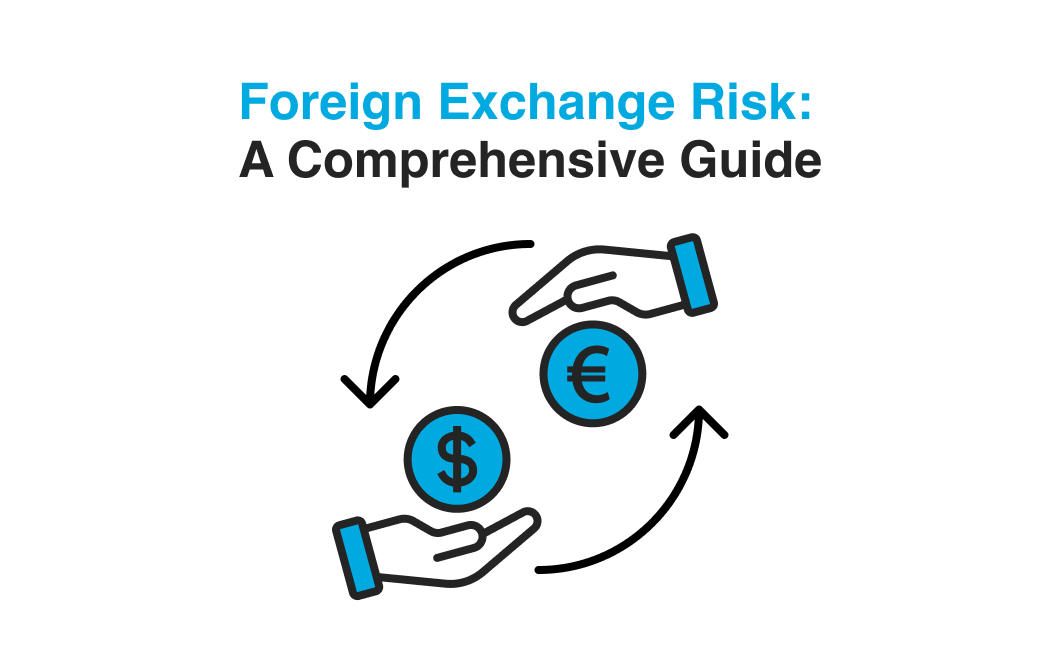Discover essential FX hedging strategies and currency management best practices from our foreign exchange experts.
FX Gains and Losses: The exposure gap
FX gains and losses are prevalent everywhere, while many firms take measures to limit them and protect the books, ‘exposure’ sometimes slips through the crack. These exposure gaps can have equally devastating impacts on financial statements, creating unexpected gains or worse, losses that muddle reports, make forecasting difficult and cause headaches for the finance department. Fortunately, it is relatively easy to identify, and with the right hedging technology and hedge accounting tools, even easier to fix. Let’s explore how these gaps occur and what firms can do to prevent them.
Gaps in the process
In any business, the post-sale process follows a specific path. Starting with the transaction itself, there is an invoice created, a delivery of the good or service, a collection period, and the closing of the entry. Regardless if it is a corner shop selling a pack of chewing gum or a factory delivering a highly-sophisticated piece of machinery, the process remains the same. When this cycle happens in one country or a single currency zone, the impacts on the books are relatively straightforward: the price and assigned value set at the time of sale remain constant throughout. However, when the business model involves making sales in foreign countries and different currencies, the real value of the transaction changes with movements in the exchange rate. These fluctuations represent FX risk - a risk that significantly increases over time - and are well known by most financial professionals working under these business model. Indeed firms selling across borders hedge their FX risks through purchasing forward contracts or performing spot transactions as soon as the sale becomes clear. While this strategy is commendable, most companies fail to implement it correctly, leaving their books still vulnerable to FX gains and losses. Traditionally, firms will begin to hedge their exposure once a sale hits their Enterprise Resource Planner (ERP) or Treasury Management System (TMS), sometimes days, weeks, or even months after the sale takes place. However, in reality, the transaction faces exposure the second the deal closes.

This gap between sale and treasury identification is fertile ground for the currency market, and any difference in the exchange rate between the time of purchase and the time of hedging represents a genuine FX gain or loss.
How to identify exposure gaps
To identify these gaps, the CFO, finance director, and treasurer need first to examine their transaction and hedging processes. First, they need to identify when their system receives notification of the firm commitment - be it hours or days after a customer purchases with them. From there, they will then need to examine how their operations team process the hedge. Is it done automatically by a software tool? Does the back office key each forward? Alternatively, is it done over the phone via voice trading? In any case, the gap will be defined as the time between sale and when the forward purchase or swap gets executed. Armed with this information, the company’s finance gurus can get to work closing the gaps, protecting the company’s financial performance in the process.
Building the bridge, and filling the spaces.
Now that the gaps have been identified, the finance department must ensure that the gap between the time of sale and hedging is as minimal as possible. In practice, this means hedging directly at the time of purchase. The CFO will need to ask the treasury and potentially the IT department to adjust the parameters in their ERP or TMS systems to feed sales data directly into them, as they occur.

Next, the operations team will need to be ready to hedge the transactions once they happen. Of course, depending on the industry, this could prove overwhelmingly difficult. High-volume businesses such as travel, e-commerce, and programmatic advertising bank on making hundreds if not thousands of daily transactions across the globe to make money. In this sense, it is understandable that treasury departments might wait to hedge until well after the transaction takes place. Afterall, it is probably operationally easier to wait for sales denominated in foreign currencies to pile up before hedging. Doing so does nothing to close the gap. In these operating environments, the treasury should turn to SaaS-based solutions, such as Kantox’s Dynamic Hedging, to automate the heavy-lifting. By embracing these types of software tools, companies can quickly and securely close FX exposure gaps in their books, without disrupting other aspects of the business model. FX gains and losses from gaps in their hedging policy are unfortunately all too real. Even some of the best firms out there tend to overlook the scissions between sale and recording, impacting profits, forecasts, and treasury workload in the process. Luckily, though for today’s treasurer, closing the gap is easier than ever before.











